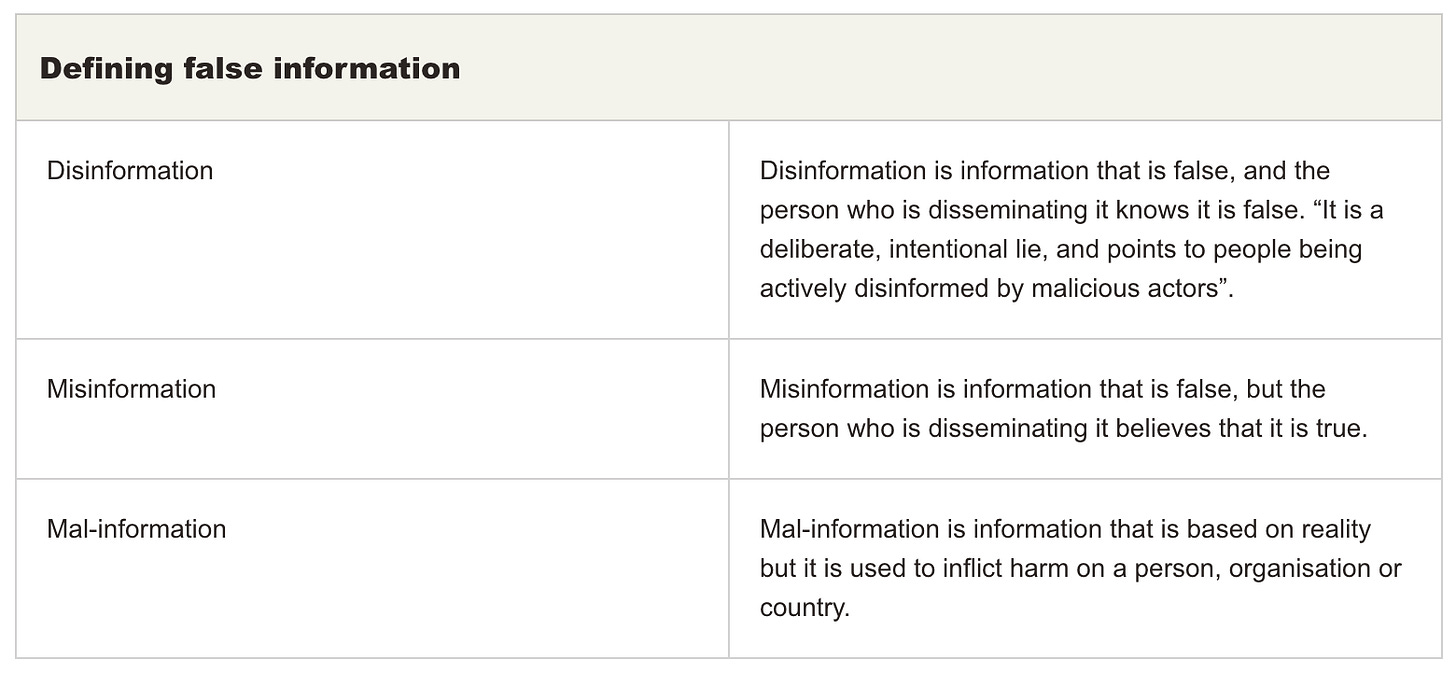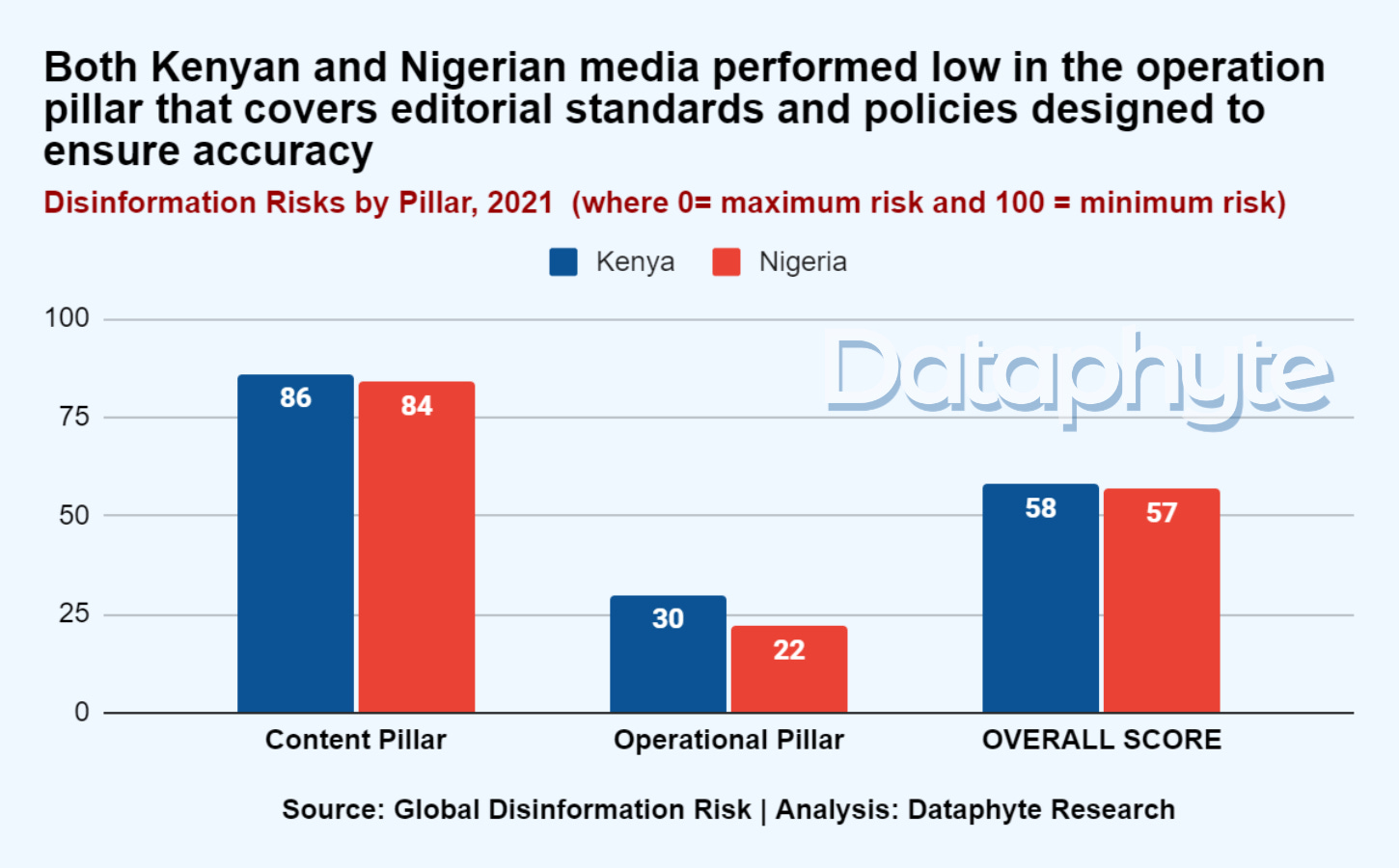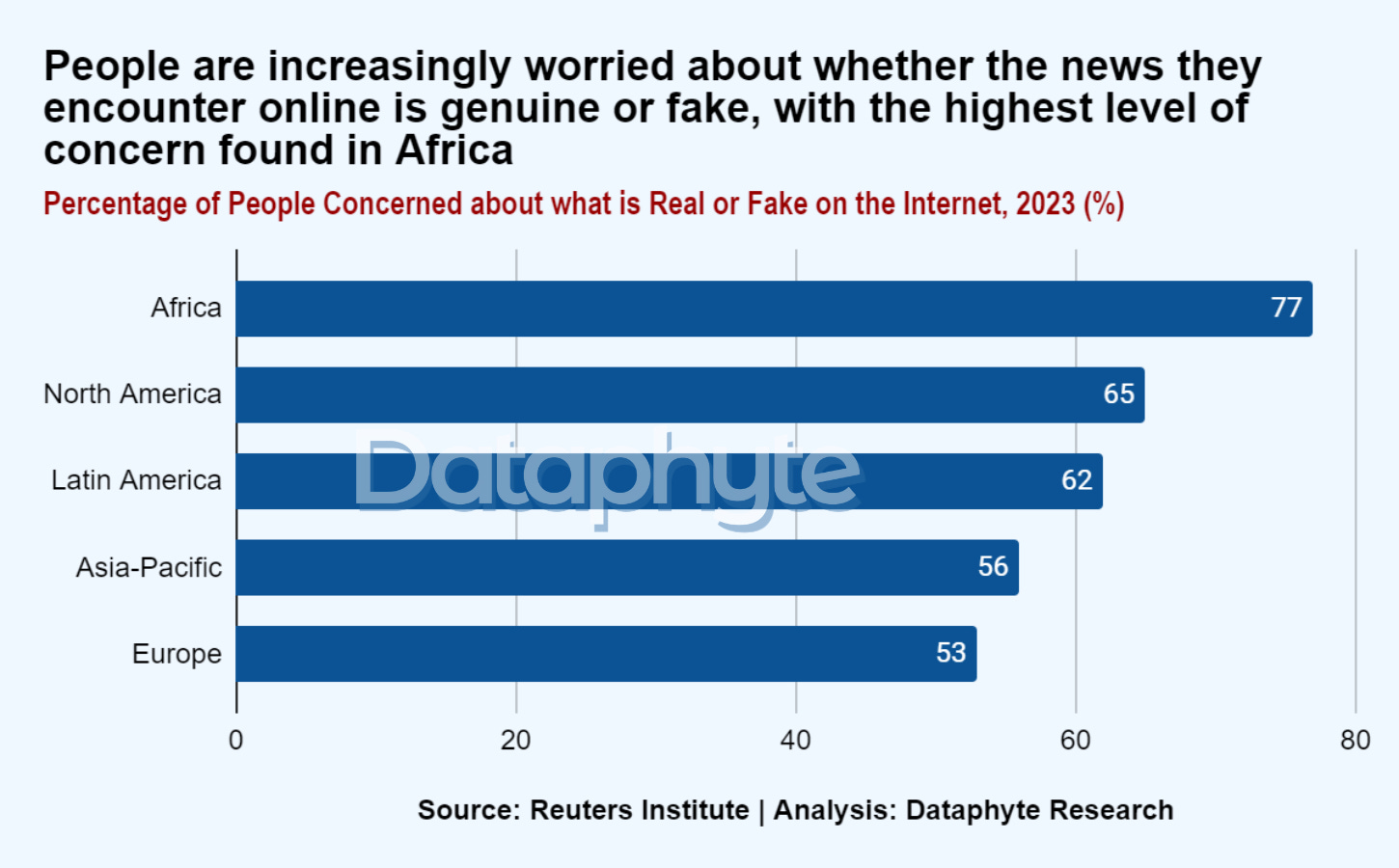Disinformation and other Fractions of Fact
The digital age, set in a dazzling array of innovations, prides in the transfer of knowledge at the speed of light.
Through gadgets dear as gems, table size, or handheld, digital devices disperse information in all its multimedia forms as fast and far as the mind can conceive.
Here's the disclaimer. All that glitters is not good!
Digital media breeds distorted information, too.
Disinformation is the deliberate creation and dissemination of false or misleading content.
The price of disinformation is steep. It threatens social cohesion and breeds conflicts, leading to violent attacks and widespread mistrust within communities.
Disinformation is not alone in this. Misinformation and Mal-information are equally dangerous distortions of facts.
Source: Media Defence
A case in point is the spread of unverified information on social media regarding the background of the murder suspect of 3 little children in Southport UK, which ignited tensions across the country and ultimately led to a violent riot.
In the World Economic Forum Global Risks Perception Survey 2023 - 2024, misinformation and disinformation emerged as the most severe global risk expected over the next 2 years.
The survey also assesses the potential impact of certain risks over the next 10 years. It reveals that misinformation and disinformation continue to rank among the top five expected global threats.
Source: World Economic Forum
The robustness of a country's media and news domains informs the extent to which people are exposed to the risks of disinformation.
Nigeria’s media has a medium level of disinformation risk with a score of 57 out of 100 (where 0= maximum risk level and 100 = minimum risk level), the Global Disinformation Index 2021 shows.
The premise for the disinformation risk assessment is that a range of signals, taken together, can show a site’s risk of peddling disinformation. The assessment evaluates a country’s media landscape across content and operations pillars and indicators.
The content pillar focuses on the reliability of the content provided in news domains. Overall, the Nigerian media market showed low disinformation risks in terms of content with a score of 84 out of 100.
Conversely, the average score for the operation pillar was 22 out of a possible 100 points. The pillar comprises indicators that assess a domain's transparency and accountability in operations, such as details about ownership, funding, and adherence to good journalistic practices.
Besides publishing quality content, operational transparency is also a key pillar in lowering disinformation risk ratings.
Among the two African countries covered in the Disinformation Risks Assessment in 2021, Kenya's media market performed slightly better than Nigeria with an overall score of 58 out of 100.
A common pattern in both countries is the low score in the operation pillars.
While disinformation has always been present, the digital revolution has amplified its speed and reach across the globe.
The shift from traditional print and broadcast media to online platforms and social media has led to a proliferation of news sources. This expansion has resulted in reduced censorship of news content, which increases the risks of disinformation.
Over the past 19 years, global internet penetration has surged, with a growing number of internet users. This increase has heightened reliance on the internet for news content, elevating the risk of disinformation as many unverified news sources proliferate online.
People are increasingly worried about whether the news they encounter online is genuine or fake, with the highest level of concern found in Africa.
A 2021 survey by Reuters revealed that 77% of respondents expressed concern about the authenticity of the news they encounter online. This worry may stem from the genuine fear of being misled by disinformation, rather than just simple scepticism.
Sometimes misleading information has sparked unrest or exacerbated intergroup tensions, endangered public health, or caused political upheaval.
A more recent example is the UK riots, which were triggered by false information regarding the migration status and religious background of the suspect in the murder of three girls in Southport. The unrest has since developed into an anti-immigration backlash, exacerbating societal divides.
In Nigeria, a video circulating on WhatsApp claims that a woman and several police officers were killed during the ongoing #EndBadGovernanceInNigeria protest.
However, a fact-check later disproved this claim, revealing that the video is unrelated to the event in question.
During the Ebola outbreak in Nigeria in 2014, a false narrative about the cure for Ebola emerged on social media with claims that bathing in warm, salty water is an effective treatment.
In 2017, rumours circulated that former President Muhammadu Buhari had died during one of his lengthy absences from Nigeria on medical grounds and that a lookalike called Jubril from Sudan had replaced him.
All these have either degenerated into self harm or caused conflicts.
Mainstream news outlets often apply editorial safeguards to prevent and correct false claims, but social media platforms promote viral content with minimal oversight. The rapid pace of posting and peer-to-peer sharing enables ordinary users to disseminate information quickly to wide audiences without confirming the truth of the content.
Disinformation feeds on people’s underlying anxieties, suspicion, and bias. It fuels far-reaching chaos, leaving deep scars on societal bonds.







